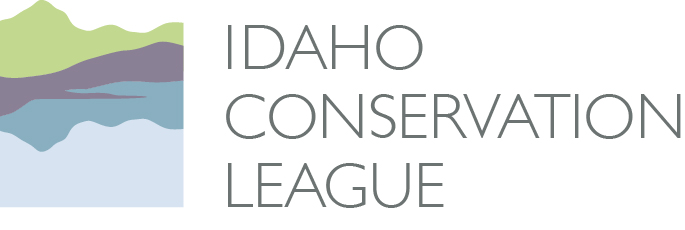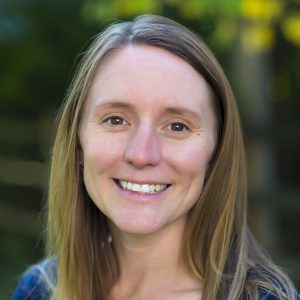A packed room heard clear messages last week at a conference on public lands hosted by The Andrus Center for Public Policy at Boise State University. The conference focused on how our public lands are managed, how they are used, and why this matters to us in Idaho. Speakers and panelists explored current public lands management practices, various voices in support and dissent, and potential stakeholder collaboration that could lead toward best practices for managing, protecting and preserving our public lands now and for generations to come.
A handful of ICL staff, including me, joined the crowded conference. Collectively, this ended up being one of the better discussions on public lands that I’ve seen in quite some time. Here are some highlights.
Close to Home
A panel that included county commissioners from three Idaho counties-Valley, Twin Falls and Latah-explored their local relationships with the public lands within their county jurisdictions. Each touched on perspectives relating to the nexus between public lands and healthy local economies. While there was discussion of change over time in traditional resource use such as mining or timber, a separate unifying theme emerged: across counties a critical need exists for access to open space, recreational opportunities and overall quality of life benefits that public lands afford.
Twin Falls County, for example, has seen a dramatic increase in job growth in recent years, both in the professional service and retail trade industries. The county has also seen larger businesses starting to relocate to Twin Falls-Chobani and Clif Bar being perfect examples. But why Twin Falls County? According to the county, one reason is the abundance of natural resources. This asset provides primitive as well as developed recreational opportunities. Bottom line, it’s desirable to live and work in community where in 15 minutes you can find yourself fishing, hiking, boating, camping, hunting, off-road vehicle touring, cycling, skiing and more. The county’s comprehensive plan acknowledges that two main sources make these opportunities possible: “the county’s water resources and the county’s publicly owned federal lands.”
Taking a Broader Look
Later in the day, ICL’s executive director Rick Johnson moderated a panel on the collaborative successes that can be achieved through conservation and recreation. I had heard Peter Metcalf, founder of Black Diamond, speak before. But there was something different this time in his message: "I think what’s at stake is one of America’s best ideas as a country. Europe has its monuments; the coliseum and Eiffel tower and we have our national parks." He went on to say, "The public lands you and I get to recreate on, camp at, picnic at, reap the benefits of-clean water, clean air, stare at the magnificence of flowers and fauna. This is America’s best idea."
In that moment, Mr. Metcalf bridged the nexus between conservation and recreation in a way that I’ve heard so many people talk about, but not always succeed. In his 10-minute speech, he linked what it means for businesses to rely on public lands for their bottom line with why it is necessary to have wild places for recreation and exploration. But he took it further, expressing what it means to truly care about conservation and that sometimes this has nothing to do with ourselves or our need to get out and play or make money. His was one of the strongest messages I heard throughout the whole day-one of our country’s best assets comes from public lands in public ownership, and some of those public lands should also exist for the sheer purpose of just being wild.

